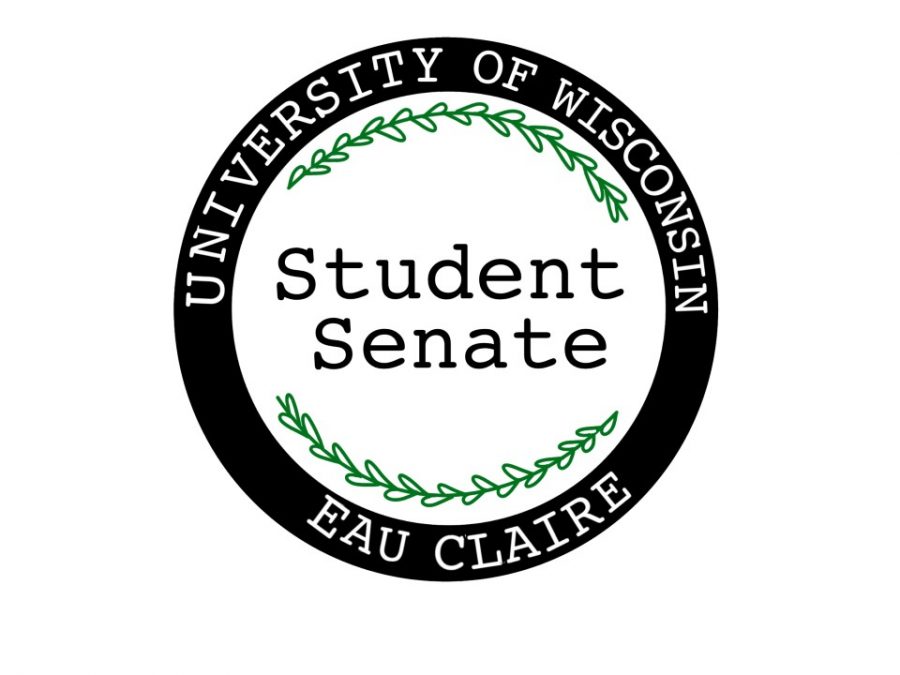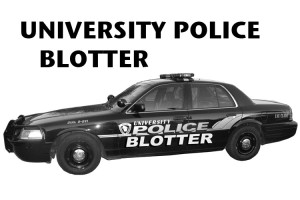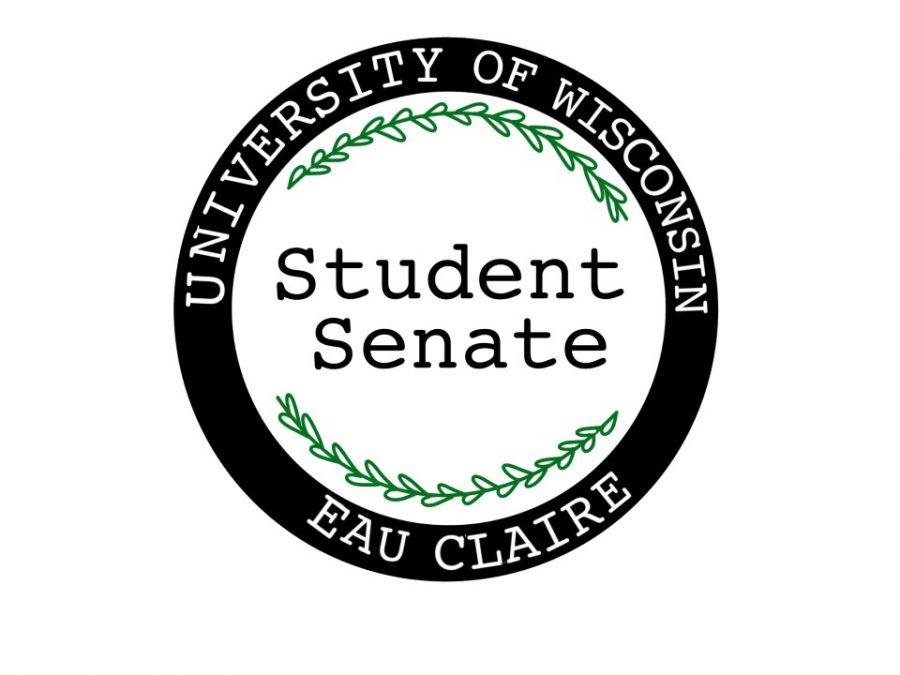Students will soon have three newspapers offered around campus, free of charge, during a four-week trial period of the USA Today Readership Program.
Student Senate unanimously voted to instill the free pilot version of the program to help to gauge student interest. If popular, Senate will then have the option of signing a one to three year contract for the program beginning next year.
During the pilot program, the papers will be offered around campus in seven to 10 newspaper stands, which will require students to swipe their Blugold ID to gain access to the stand. The papers that will be offered are the USA Today, the New York Times and the Milwaukee Journal Sentinel.
Information Technology Director Jacob Kampen proposed the resolution and said the program could do many things for students.
“It’s certainly going to increase student knowledge of current events,” Kampen said. “I think it’ll also increase news incorporation into classes as professors see that this news is available to all students.”
The original proposal of the bill had the Leader-Telegram instead of the Milwaukee Journal Sentinel as one of the three papers to be made available. A motion was made to amend the Leader-Telegram from the list, and a lengthy debate ensued about possible options.
Senators opposed to having the Leader-Telegram argued students could get local news that is applicable to students from The Spectator. They also argued that the Milwaukee Journal Sentinel was far superior journalistically, and that it provides better coverage of state news. Likewise, people in support of the Milwaukee Journal Sentinel pointed out that the newspaper would also provide in depth coverage of things other than just hard news.
Ultimately Senate voted 27-1-2 in favor of the amendment to remove the Leader-Telegram and replace it with the Milwaukee Journal Sentinel.
Treasurer and Chief of Staff Adam Sorelle, who doesn’t get a vote but can still speak during debate, was the main dissenter against the program.
“My fear is that if we don’t think it’s a good idea later that the students will get upset,” Sorelle said. “I just want to make sure we make the best fiscal decision for the students.”
The pilot program, beginning later this semester, will last four weeks and then be followed by a week of surveying student input on the program. Student Senate will then use the information they collect to decide if they want to pay money for a long-term version of the program next year.






